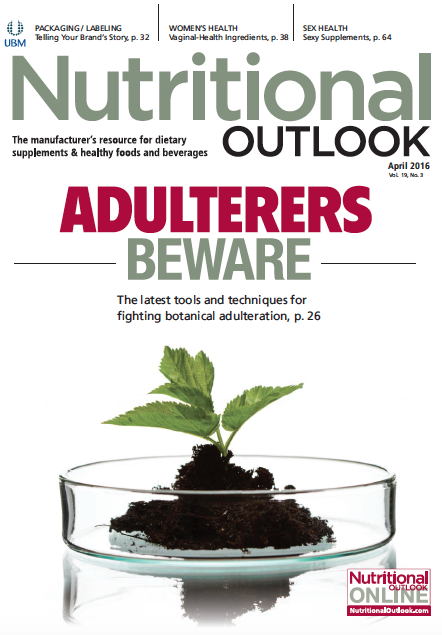Top Mineral Studies in 2015 for Dietary Supplements
The following slides shine light on the latest mineral research, showing how much we’ve learned about minerals’ value, and how much we have yet to find out.
It doesn’t take much to get Max Motyka singing minerals’ praises. As a nutrition consultant based in St. Clair Shores, MI, and an advisor to Albion Laboratories (Clearfield, UT), Motyka firmly believes in minerals’ benefits, and he wants you to believe, too.
“Minerals are the catalysts or activators of innumerable enzymatic activities in the body,” he says. “Bones aren’t built without calcium, magnesium, and phosphorus. Red blood cells can’t deliver oxygen without the hemoglobin formed with iron. You can’t digest your food without hydrochloric acid-and parietal cells can’t form hydrochloric acid without the zinc metalloenzyme carbonic anhydrase.”
And that’s just the start. Muscles won’t contract without calcium, potassium, and magnesium, the latter of which is crucial for muscle formation itself. Essential fatty acids convert to their active prostaglandin form only with magnesium and zinc’s help. And “there’s more antioxidant activity in the body from the work of copper, zinc, and manganese than you can get by swallowing antioxidants,” Motyka declares. “The human body simply does not work without minerals.”
No wonder they’ve been a bedrock of supplement formulations for decades. But with trendy functional ingredients capturing headlines and hype, it’s understandable if minerals fall off the product-development radar now and again. That doesn’t mean it’s advisable, though.
According to P&S Market Research, (1) the global market for mineral supplements hit $9.9 million in 2014 and should grow at a CAGR of 7.5% from 2015 through 2020, thanks in part to demand from an aging population, pregnant women, and the growing ranks of the world’s urbanites. So Motyka has a point: Minerals deserve a closer look. The following slides shine light on the latest research, showing how much we’ve learned about minerals’ value, and how much we have yet to find out.
1. “Global Mineral Supplements Market (Size of $9.9 million in 2014) to Witness 8% CAGR During 2015 â 2020,” http://www.prnewswire.com/news-releases/global-mineral-supplements-market-size-of-99-million-in-2014-to-witness-8-cagr-during-2015---2020-521379221.html
Photo © iStockphoto.com/scanrail




















